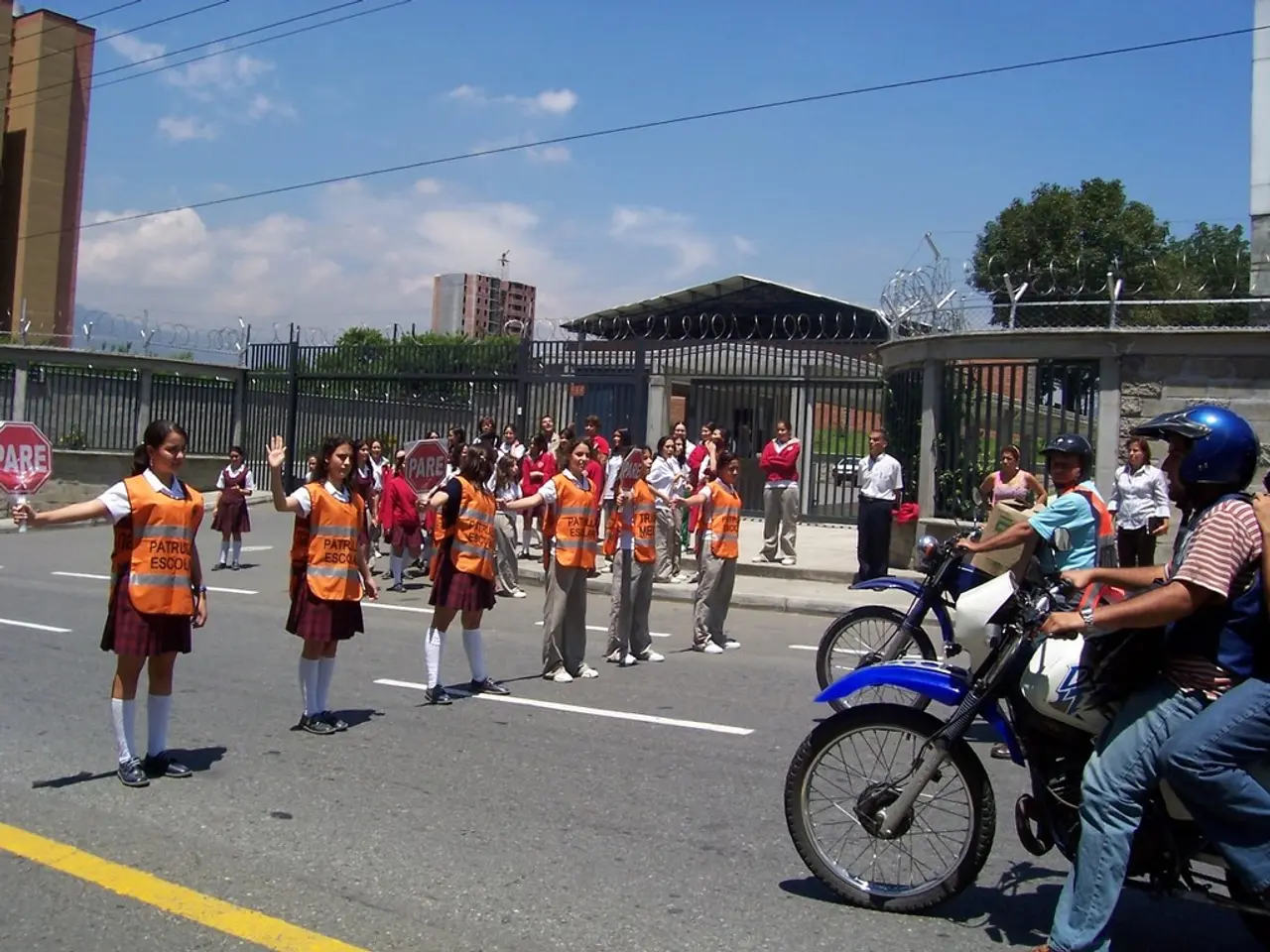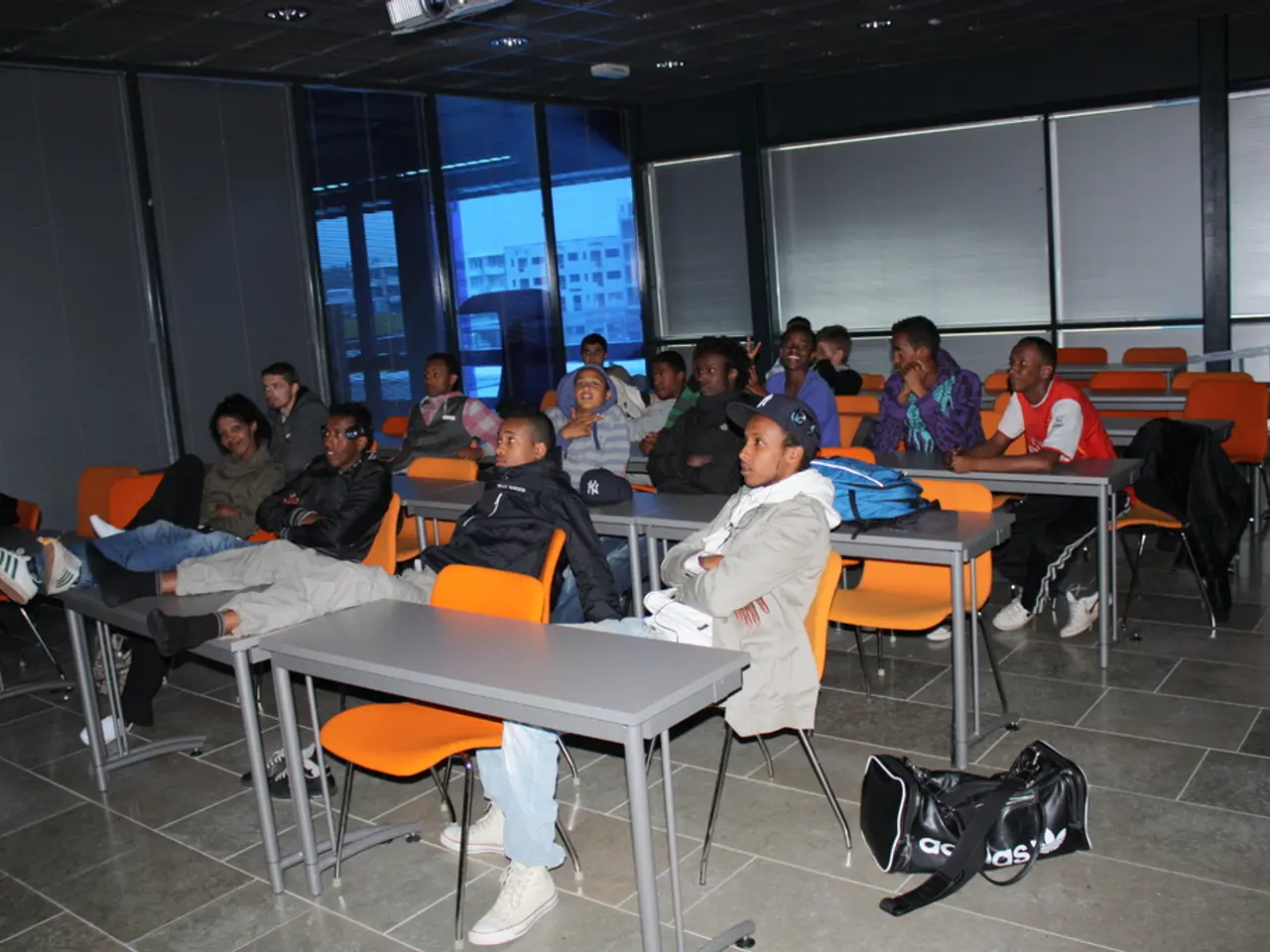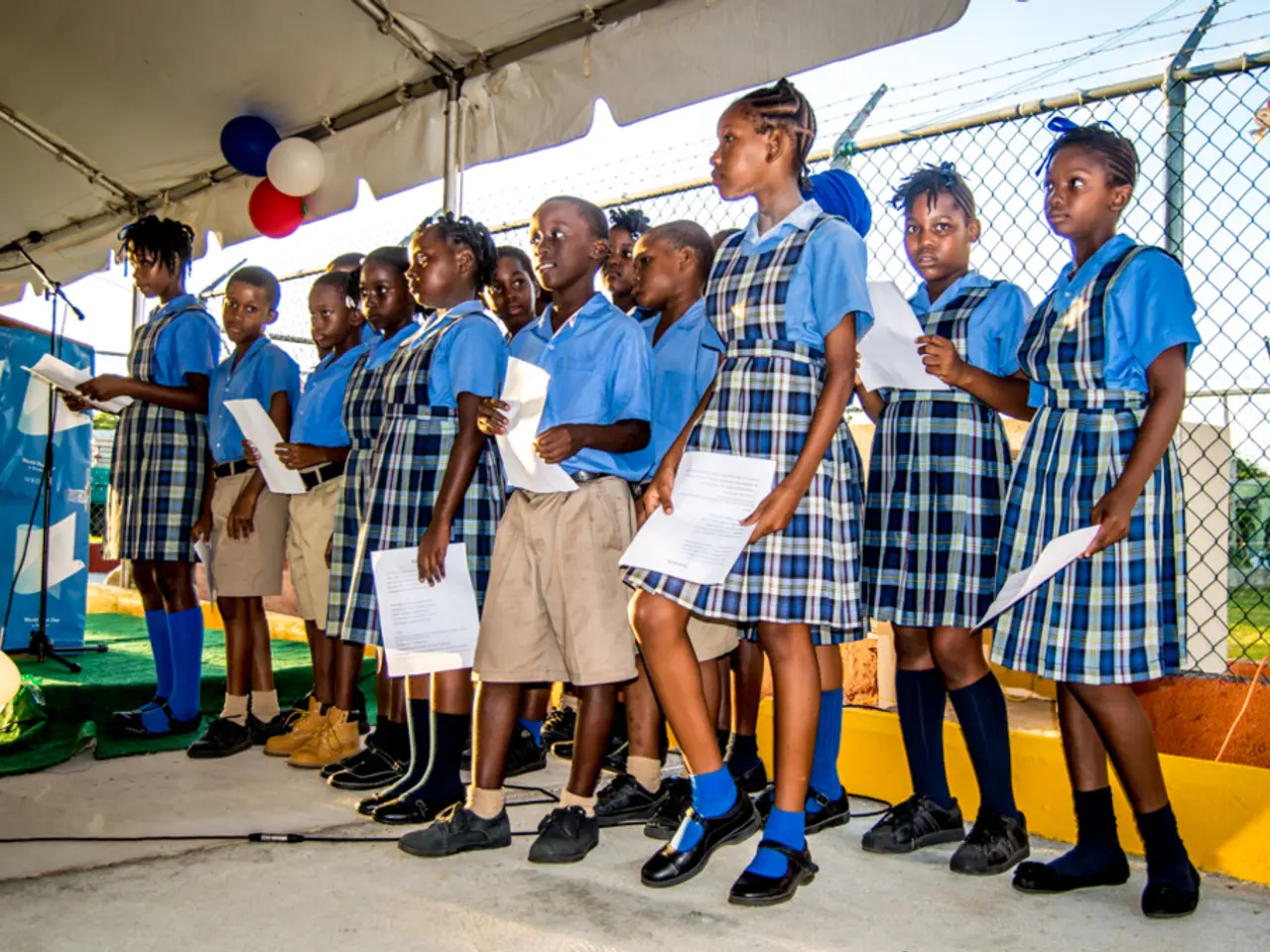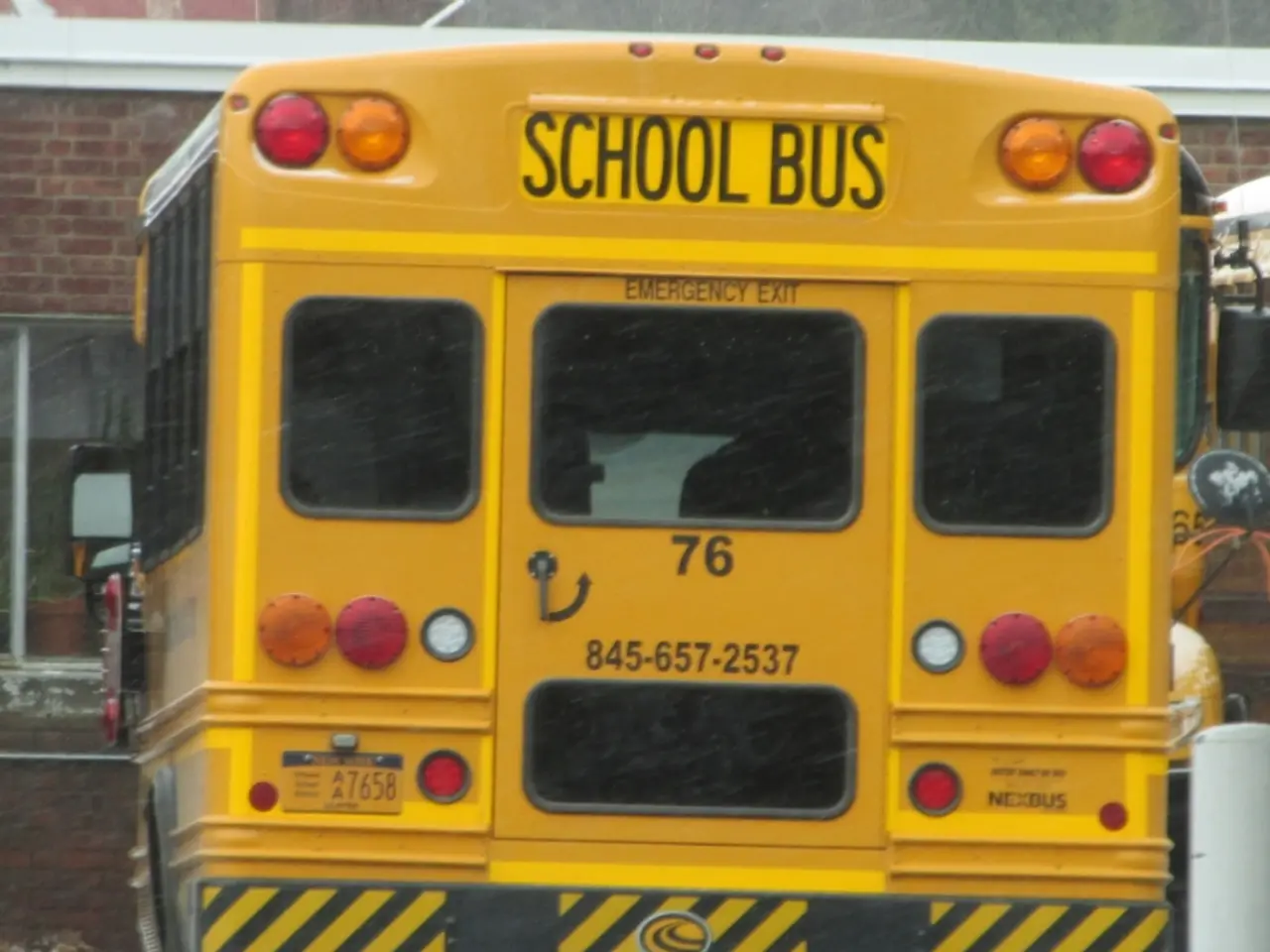Evolution of School Improvement Strategies in Secondary Education
Historical Context
Enhancing School Strategies for Achieving Higher Academic Performance
The history of school improvement in secondary education is shaped by the interplay of national development, industrialization, and changing social needs. In the 19th century, the role of schools expanded beyond literacy to include citizenship, moral character, and job preparation, with the gradual acceptance of state responsibility for education—especially evident in France and Germany, which were early adopters of public systems. In the 20th century, mass demand for secondary and higher education surged, driven by economic growth and the emergence of a knowledge-based economy, which required new skills and a broader, more technical curriculum. As technological advancements and urbanization transformed the workforce, schools increasingly needed to address diversity, equity, and the growing expectation for additional services, especially in urban areas facing social and economic challenges.
Modern Frameworks and Approaches
Frameworks such as the Professional Learning Community (PLC) model have become central to school improvement in the 21st century. PLCs emphasize collaborative, ongoing professional development among teachers and staff, with a focus on shared responsibility for student learning. However, research shows that while many secondary schools are developing PLC traits, few have fully institutionalized the model; most are at intermediate stages, adapting the PLC concept to their unique challenges and contexts. The sustainability and impact of such strategies depend heavily on organizational context, professional engagement, and leadership, rather than on model implementation alone.
In India, for example, the National Curriculum Framework (NCF) has guided large-scale educational reform. NCF 2000 introduced child-centered, experiential learning and reduced rote memorization, while NCF 2005 further promoted constructivist, student-centered pedagogies, critical thinking, life skills, and continuous, comprehensive evaluation (CCE). These shifts aimed to make education more relevant, engaging, and effective, with a notable emphasis on quality over quantity and on holistic student development.
Impact and Community Involvement
Educational Outcomes
School improvement strategies have led to measurable progress in educational outcomes, particularly when adapted to local contexts and supported by sustained professional development. The collaborative nature of PLCs, for instance, has helped schools navigate complex environments by fostering adaptability, shared leadership, and collective problem-solving. However, the pace and depth of improvement vary widely, reflecting differences in resources, leadership, and community engagement.
Community and Stakeholder Engagement
Community involvement is increasingly recognized as a critical factor in the success of school improvement initiatives. In both PLC models and national curriculum reforms, there is a growing emphasis on engaging teachers, parents, and local communities as active participants in the educational process. Such involvement helps ensure that reforms are culturally relevant, responsive to local needs, and sustainable over time.
Challenges
Despite progress, school improvement in secondary education faces persistent challenges, including resource constraints, resistance to change, and the need to address widening inequality—particularly in urban and marginalized communities. The complexity of educational environments means that no single strategy or framework guarantees success; instead, ongoing adaptation, professional learning, and community support are essential for meaningful, lasting improvement.
Summary Table: Key Milestones and Impacts
| Era | Key Strategies/Models | Main Impact | Community Role | |------------------|----------------------------------------------|------------------------------------|------------------------------| | 19th century | State-led, citizenship-focused schooling | Mass literacy, moral education | Limited, state-centered | | 20th century | Expansion, technical colleges, curriculum reform | Greater access, workforce prep | Growing, but still peripheral| | 21st century | PLCs, NCF (India), constructivist approaches | Personalized, holistic learning | Central, collaborative |
Conclusion
The evolution of school improvement strategies in secondary education reflects broader social, economic, and technological changes, moving from state-centric systems to collaborative, adaptive frameworks that value professional learning, community engagement, and student-centered instruction. While models like PLCs and frameworks such as the NCF have driven significant reform, their effectiveness depends on contextual adaptation, sustained professional development, and robust community involvement. The ongoing challenge is to balance innovation with equity, ensuring that all students benefit from these evolving strategies.
- Understanding school improvement strategies requires recognizing the dynamic nature of educational systems, influenced by demographic shifts, socioeconomic influences, and changes in education policy.
- Challenges in school improvement include inconsistent stakeholder buy-in, resource allocation, varying student needs, and resistance to change.
- Accountability systems, funding allocations based on specific improvement goals, and support for professional development and training initiatives are aspects of influential policies that impact school improvement strategies.
- The goal of school improvement strategies is to create sustainable improvements that lead to better student outcomes and a more equitable education system.
- Professional Learning Communities (PLCs) and mentor-mentee relationships are frameworks for implementing collaborative models, encouraging ongoing professional development and a culture of continuous improvement within schools.
- To ensure a more equitable education system, school improvement strategies in the 21st century involve instructional strategies, such as Professional Learning Communities (PLCs), that encourage ongoing professional development and a culture of continuous improvement, while emphasizing personal growth and collaboration.
- In the context of India, the National Curriculum Framework (NCF) with its focus on child-centered learning, constructivist pedagogies, and critical thinking, represents a significant leap in education-and-self-development strategies.
- Community involvement is integral to the success of school improvement initiatives, as it fosters learning environments that are tailored to local needs, fostering innovation and leading to more effective personal-growth opportunities for both students and educators.




